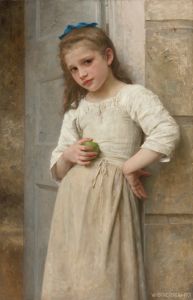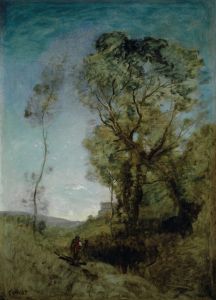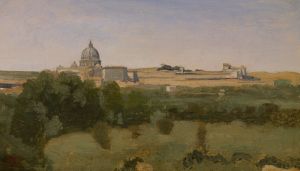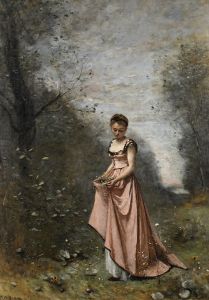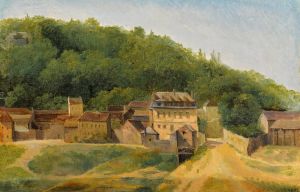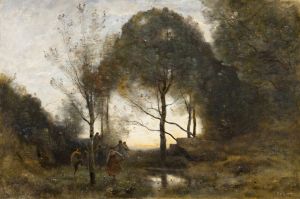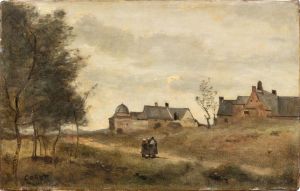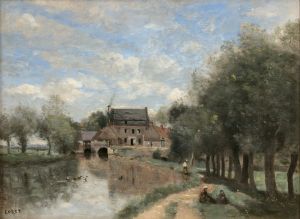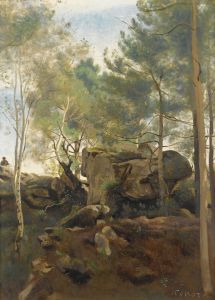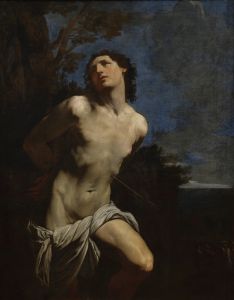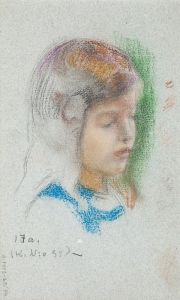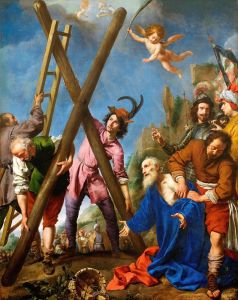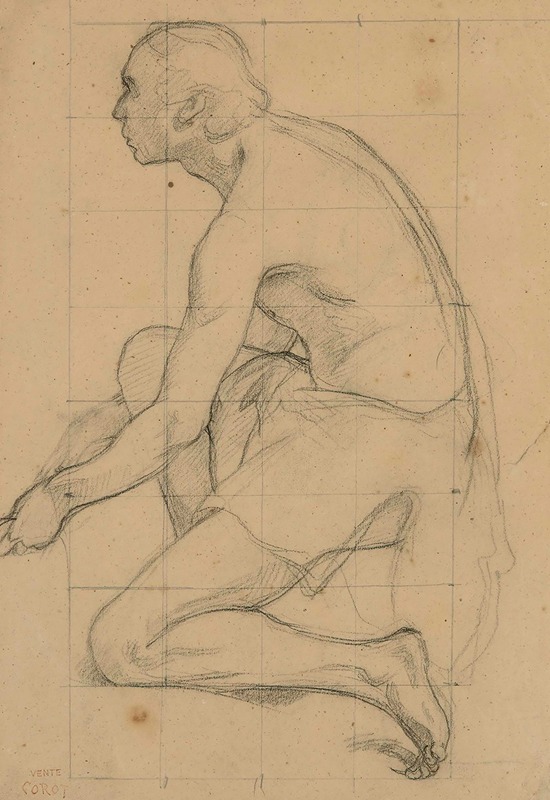
Étude d’homme agenouillé
A hand-painted replica of Jean-Baptiste-Camille Corot’s masterpiece Étude d’homme agenouillé, meticulously crafted by professional artists to capture the true essence of the original. Each piece is created with museum-quality canvas and rare mineral pigments, carefully painted by experienced artists with delicate brushstrokes and rich, layered colors to perfectly recreate the texture of the original artwork. Unlike machine-printed reproductions, this hand-painted version brings the painting to life, infused with the artist’s emotions and skill in every stroke. Whether for personal collection or home decoration, it instantly elevates the artistic atmosphere of any space.
Jean-Baptiste-Camille Corot was a pivotal figure in 19th-century French painting, known for his contributions to landscape painting and his role in bridging the Neoclassical tradition and the emerging Impressionist movement. Among his diverse body of work, "Étude d’homme agenouillé" (Study of a Kneeling Man) stands out as an example of his skill in figure studies, although specific details about this particular piece are not extensively documented.
Corot was born in Paris in 1796 and began his artistic career relatively late, after working in the family textile business. He studied under Achille Etna Michallon and Jean-Victor Bertin, both of whom were proponents of the Neoclassical style. Corot's early work was heavily influenced by his travels to Italy, where he was inspired by the Italian landscape and the works of the Old Masters. This influence is evident in his approach to composition and his use of light and shadow.
While Corot is primarily celebrated for his landscapes, he also produced a number of figure studies throughout his career. These works often served as exercises in capturing the human form and exploring the interplay of light and texture on the body. "Étude d’homme agenouillé" is one such study, focusing on the anatomy and posture of a kneeling male figure. This piece reflects Corot's interest in the human figure and his ability to convey a sense of volume and presence through subtle gradations of tone.
Corot's figure studies were typically executed with a keen eye for detail and a sensitivity to the nuances of human anatomy. He often employed a muted palette, which allowed him to emphasize form and structure over color. This approach is consistent with the academic training he received, which prioritized drawing and the accurate depiction of the human body.
Throughout his career, Corot maintained a balance between his landscape work and his figure studies. His ability to capture the essence of his subjects, whether they were natural scenes or human figures, earned him a reputation as a master of both genres. His work had a significant impact on the development of modern art, influencing a generation of artists who would go on to form the Impressionist movement.
Corot's legacy is marked by his dedication to his craft and his ability to transcend the stylistic boundaries of his time. His figure studies, including "Étude d’homme agenouillé," demonstrate his commitment to exploring the full range of artistic expression, from the serene beauty of the natural world to the complexity of the human form. Despite the lack of extensive documentation on this specific piece, it remains a testament to Corot's skill and his enduring influence on the art world.





